Falcon Nexus 110 Dual Fuel Handleiding
Bekijk gratis de handleiding van Falcon Nexus 110 Dual Fuel (52 pagina’s), behorend tot de categorie Oven. Deze gids werd als nuttig beoordeeld door 145 mensen en kreeg gemiddeld 4.5 sterren uit 73 reviews. Heb je een vraag over Falcon Nexus 110 Dual Fuel of wil je andere gebruikers van dit product iets vragen? Stel een vraag
Pagina 1/52

USER GUIDE &
INSTALLATION INSTRUCTIONS
Nexus 0 Dual Fuel11
Australia

METHOD
1. For the soué, press the raspberries through a ne sieve to
produce 180 g of purée. Put this into a heavy-bottomed pan,
add the lemon juice and reduce down to a thick jam, stirring
from time to time and being careful not to let it catch and burn.
2. Put 45 g of the sugar in a separate pan. Melt it and then boil
until it becomes a thick syrup (121°C on a sugar thermometer).
To test without a thermometer, dip a teaspoon into the syrup
and then dip quickly into cold water. You should be able to roll
the cooling syrup into a ball between your ngers. Be careful as
the syrup is extremely hot. When it has reached the right point,
stir the hot syrup into the raspberry jam.
3. Mix the framboise and cornour together and stir into the
jam over the heat. Turn the jam into a small bowl, sprinkle the
surface with icing sugar and cover with cling lm.
4. Preheat the oven (not grill) to 180 °C shelf level 2 (conventional
oven), 160 °C (fan oven) or gas mark 4 centre shelf.
5. Whisk the egg whites with the cream of tartar until you can
form soft peaks, then fold in the remaining caster sugar. Lightly
fold the whites into the jam, leaving thin traces of white visible
in the mixture.
6. Spoon into four large buttered and sugared ramekins, place
these on a baking tray and bake for 10 minutes.
7. Dust with icing sugar.
INGREDIENTS
• 400 g raspberries
• 1 tbsp lemon juice
• 100 g caster sugar
• 2 tsp créme de framboise
• 1 tsp cornour
• 180 g egg whites (about 6)
• Pinch of cream of tartar or a squeeze of lemon juice
• Icing sugar for dusting
RASPBERRY SOUFFLÉ
SLOW BAKED LEG OF LAMB
METHOD
1. Preheat the oven to 220 °C (for a conventional oven), 200 °C (for a
fan oven) or gas mark 7.
2. Pull the small sprigs o the rosemary branches and set aside with
the garlic.
3. Using the tip of a paring knife, make up to 20 well-spaced cuts into
the esh of the lamb, about 2.5 cm inch deep. Divide the rosemary
sprigs, garlic and anchovies and push down into the cuts. Place
the leg on a large roasting tin and pour over the oil, massaging it
all over the joint. Season well with salt and pepper and pour the
wine and 250 ml water into the tin.
4. Put into the oven and sear for 15 minutes, then turn the
temperature right down to 130 °C (conventional oven), 110 °C
(fan oven) or gas mark 1 and roast for 4-5 hours, basting every
30minutes or so. Basting frequently helps to keep the meat moist
and encourages the build up of a good glaze on the outside. Add
more liquid (wine or water) if the tin looks dry Ð there should
always be liquid in the tin throughout this cooking process.
5. The meat is ready when it starts to fall o the bone, at which point
it should have a core temperature of 90 °C. Remove from the oven,
transfer to a warmed carving dish, cover loosely with foil and leave
to rest in a warm place for 30-45 minutes before carving.
6. Pour the juices from the tin into a tall hi-ball glass and allow to
settle. Spoon the fat from the top of the glass. There should be
enough sticky, reduced juices for an intense gravy hit if not, pour
the juices you have back into the roasting tin and put it over the
heat, pour in a splash of water or wine and deglaze the tin scraping
up all the sticky bits from the base. Boil fast until syrupy, taste and
correct the seasoning.
INGREDIENTS
• 2-3 large sprigs of rosemary
• 4 large garlic cloves cut in half lengthways
• 1.8 kg leg of lamb
• 8 good quality anchovy llets, halved
• 100 ml olive oil
• 250 ml dry red wine
• Maldon salt and freshly ground black pepper

i
Nexus 110 Dual Fuel U110622-01B
Contents
1. Before You Start... 1
Personal Safety 1
Electrical Connection Safety 2
Gas Connection Safety 2
If You Smell Gas 2
Peculiar Smells 2
Ventilation 2
Oven Care 3
Hob Care 4
Grill/Glide-out Grill™ Care 4
Warming Zone Care 4
Cooling Fan 4
Cooker Care 4
Cleaning 5
2. Cooker Overview 6
Hotplate Burners 6
Wok Burner 7
The Wok Cradle 7
The Ceramic Hotplate 8
The Griddle 9
The Glide-out Grill™ 10
Bread Proving Drawer 11
The Ovens 12
Using the Clock 14
Accessories 16
Oven Lights 16
3. Cooking Tips 17
Tips on Cooking with the Timer 17
General Oven Tips 17
4. Cooking Table 18
5. Cleaning Your Cooker 19
Essential Information 19
Hotplate Burners 19
Ceramic Hotplate 20
The Griddle 20
Glide-out Grill 21
Control Panel and Doors 22
Ovens 22
Cleaning Table 23
6. Troubleshooting 24
7. Installation 26
Service and Spares 26
Safety Requirements and Regulations 27
Provision of Ventilation 27
Location of Cooker 27
Conversion 27
Positioning the Cooker 29
Moving the Cooker 30
Fitting the Stability Bracket or Chain 31
Repositioning the Cooker Following
Connection 31
Gas Connection 32
Electrical Connection 33
8. Final Fitting 35
Final Checks 35
Final Fitting 35
Customer Care 35
9. Conversion to LP Gas 36
Conversion from Natural Gas
(1.0 kPa) to LPG X Propane (2.54 kPa) 36
Injectors 36
Tap Adjustment 36
Set the Governor 37
Pressure Testing 37
Ax Label 37
10. Servicing 38
11. Circuit Diagram 44
12. Technical Data 45
Pressures 45
Dimensions 45
Hotplate Ratings 45
Hotplate Eciency 46
Oven Data 47
Product specificaties
| Merk: | Falcon |
| Categorie: | Oven |
| Model: | Nexus 110 Dual Fuel |
Heb je hulp nodig?
Als je hulp nodig hebt met Falcon Nexus 110 Dual Fuel stel dan hieronder een vraag en andere gebruikers zullen je antwoorden
Handleiding Oven Falcon
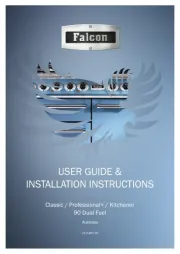
7 April 2025

7 April 2025

3 April 2025
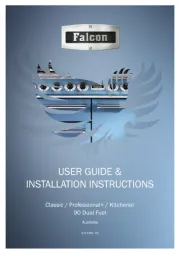
3 April 2025
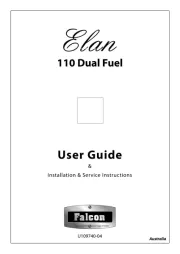
31 Maart 2025

31 Maart 2025

9 Juni 2023

23 April 2023

16 Maart 2023

6 Maart 2023
Handleiding Oven
- Orava
- Bartscher
- APW Wyott
- Profilo
- Tiger
- Kalorik
- Petromax
- Camry
- Emeril Lagasse
- Verona
- Krefft
- Brastemp
- New Pol
- Pit Boss
- Mibrasa
Nieuwste handleidingen voor Oven

3 Augustus 2025
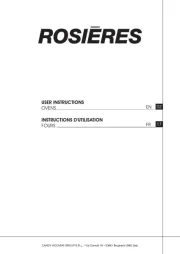
2 Augustus 2025
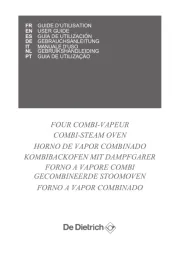
1 Augustus 2025
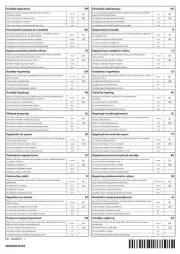
30 Juli 2025
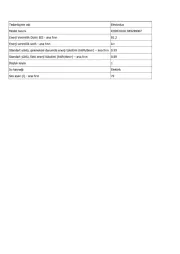
30 Juli 2025
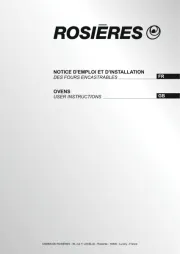
29 Juli 2025
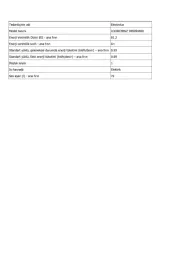
29 Juli 2025
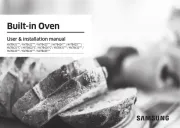
29 Juli 2025

29 Juli 2025

29 Juli 2025